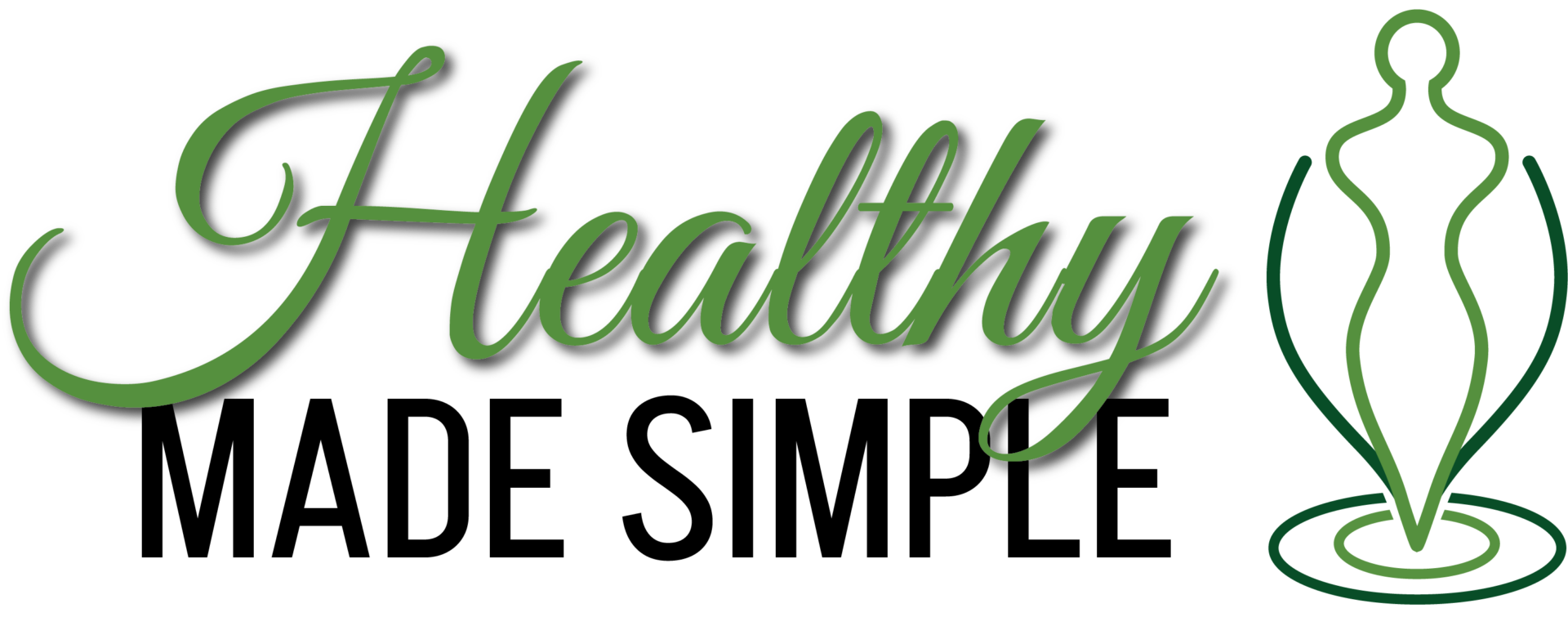Echinacea (Echinacea pururea), originally origins from North America.
Today it is one of the most used herbal plants when it comes to fighting inflammation and bacteria in a natural way.
Archaeologists have found evidence that Native Americans have used the plant for more than 400 years as a general “healer” and to treat infections and wounds.
Over time, it have been used to treat scarlet fever, syphilis, malaria, blood poisoning and diphtheria. Although this herbal plant was incredibly popular in the 18th and 19th centuries, its use declined in the United States after the introduction of antibiotics.
Echinacea products became increasingly popular in Germany throughout the 20th century. In fact, most of the scientific research on this plant has been done in Germany.
The benefits of Echinacea
Today it is used to prevent or shorten the duration of a cold or flu. But it is also very good for symptoms like sore throat, cough and fever.
Many alternative practitioners recommend Echinacea to regulate the immune system and help the body fight infections.
Echinacea contains a huge amount of antioxidants, including flavonoids, rosmarinic acid and chicoric acid. These help the body protect itself against oxidative stress caused by free radicals, as well as viruses and bacteria.
Studies show how beneficial Echinacea is for regulating the immune system, as well as how it helps to recover faster after a cold. We always use it as soon as we feel a cold coming.
The beautiful pink flower is also known to reduce both chronic inflammation and inflammation in general. Even the skin benefits from Echinacea, as it helps to hydrate the skin and thus reduce wrinkles.
I keep Echinacea drops on hand all year round, and we never travel without it. It has saved us from getting a cold caused by travel, many times. This is my favorite
My favorite way to use it is as an extract, and just mix it in a glass of water. But it is also super effective as a spray, cream or tea.



